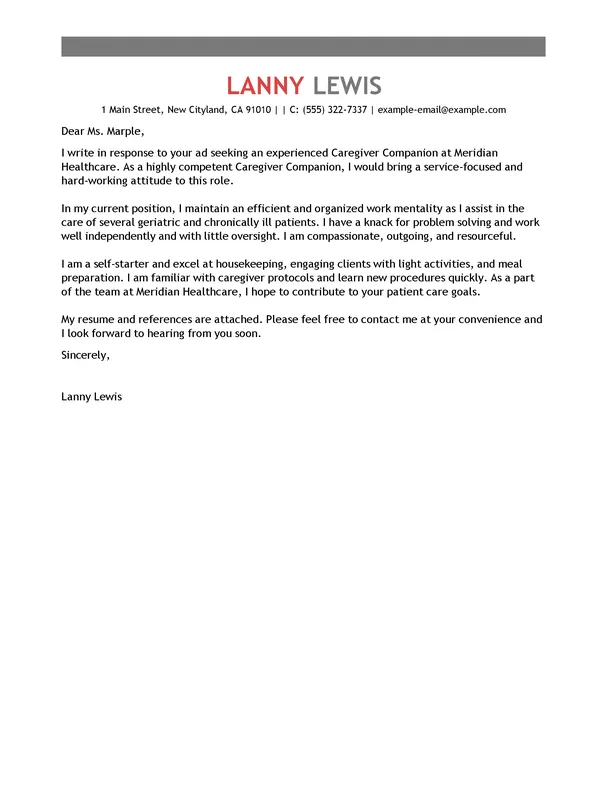Crafting a Powerful Wellness Coach Cover Letter
A well-crafted wellness coach cover letter is your first opportunity to make a strong impression on potential employers. It serves as a personal introduction and a showcase of your skills, experience, and passion for wellness coaching. This guide will provide you with the essential steps to create a cover letter that not only grabs attention but also effectively communicates your qualifications and increases your chances of landing an interview. By following these guidelines, you can transform a standard cover letter into a powerful tool that sets you apart from other candidates and highlights your suitability for the wellness coach position you desire.
Understanding the Purpose of a Cover Letter
The primary purpose of a wellness coach cover letter is to introduce yourself to the hiring manager and demonstrate why you are the ideal candidate for the role. It’s more than just a formality; it’s your chance to provide context to your resume and highlight your personality and enthusiasm. Unlike a resume, which lists your skills and experiences, a cover letter allows you to tell a story, explaining how your unique background and qualifications align with the specific needs of the wellness coaching position. Your goal is to explain why you are interested in the role, demonstrate your understanding of the company’s mission, and express a clear enthusiasm for helping others achieve their wellness goals.
Highlighting Your Skills and Qualifications
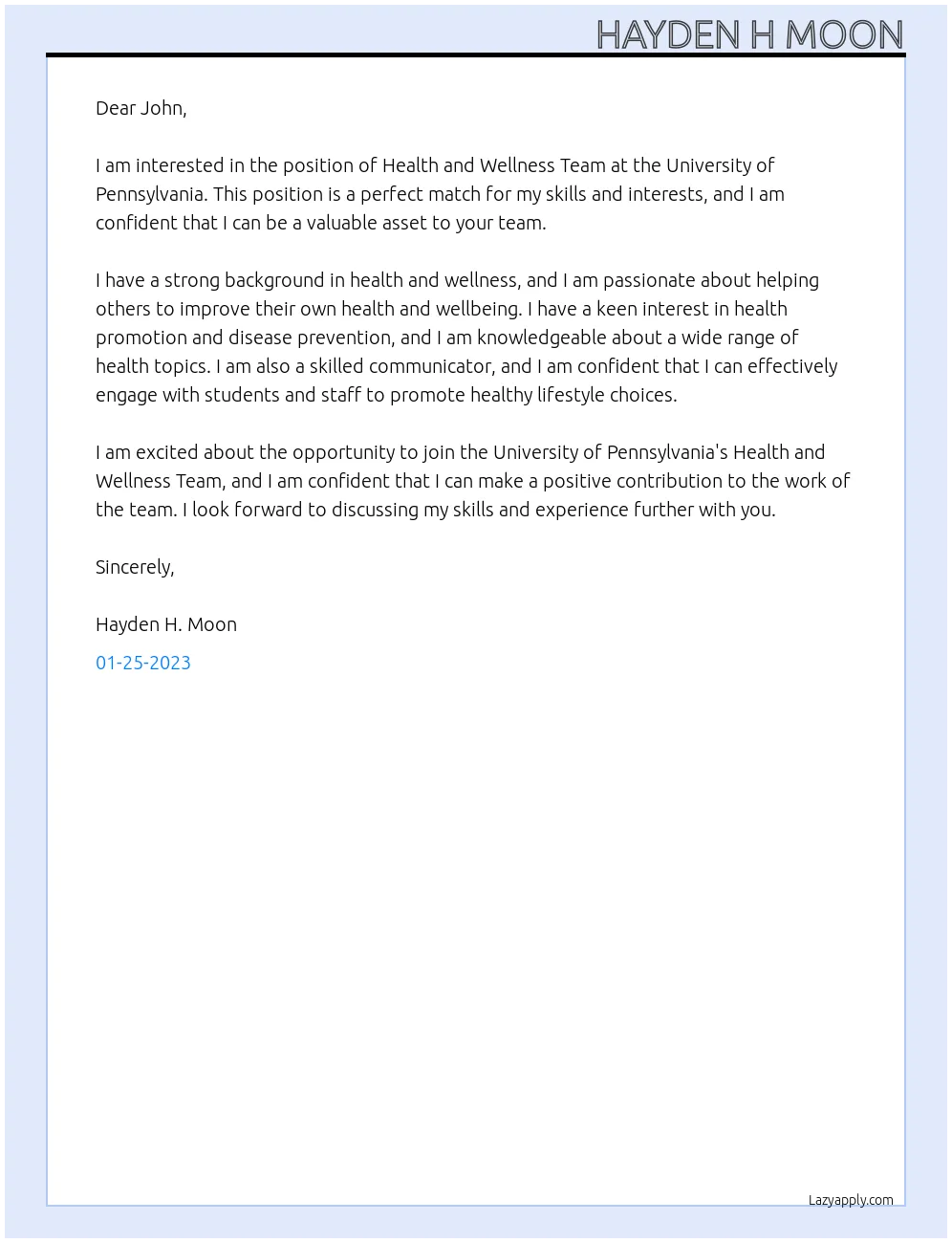
Your cover letter should prominently feature your skills and qualifications that are relevant to the wellness coach role. Focus on the abilities that are most valued in this profession, such as active listening, empathy, communication, and motivational interviewing. Be sure to showcase your certifications, training, and any specializations you may have, such as nutrition, fitness, or stress management. Quantify your achievements whenever possible; for example, mention the number of clients you’ve successfully coached, the percentage of clients who met their goals, or any positive feedback you received. Highlighting these aspects provides concrete evidence of your abilities and demonstrates your potential to the employer.
Showcasing Relevant Experience
Clearly detail your experience in the wellness coaching field. This should include any previous roles, internships, or volunteer work that have provided you with relevant experience. Describe the specific responsibilities you held, the types of clients you worked with, and the outcomes you helped them achieve. If you have experience in related fields, such as healthcare, counseling, or fitness training, make sure to highlight these as well, as they can demonstrate a broader understanding of health and wellness principles. Use action verbs to describe your accomplishments, such as ‘coached,’ ‘developed,’ ‘implemented,’ and ‘achieved’ to make your achievements sound impactful.
Tailoring Your Letter to the Specific Job
Each cover letter should be tailored to the specific wellness coach position you’re applying for. Review the job description carefully to identify the key requirements, skills, and values the employer is seeking. Customize your letter to address these specific needs, using keywords and phrases from the job posting to demonstrate that you meet their criteria. Explain how your skills and experiences align with the role’s demands and how you can contribute to the company’s goals. This targeted approach shows that you have taken the time to understand the opportunity and are genuinely interested in joining their team.
Researching the Company and Its Values
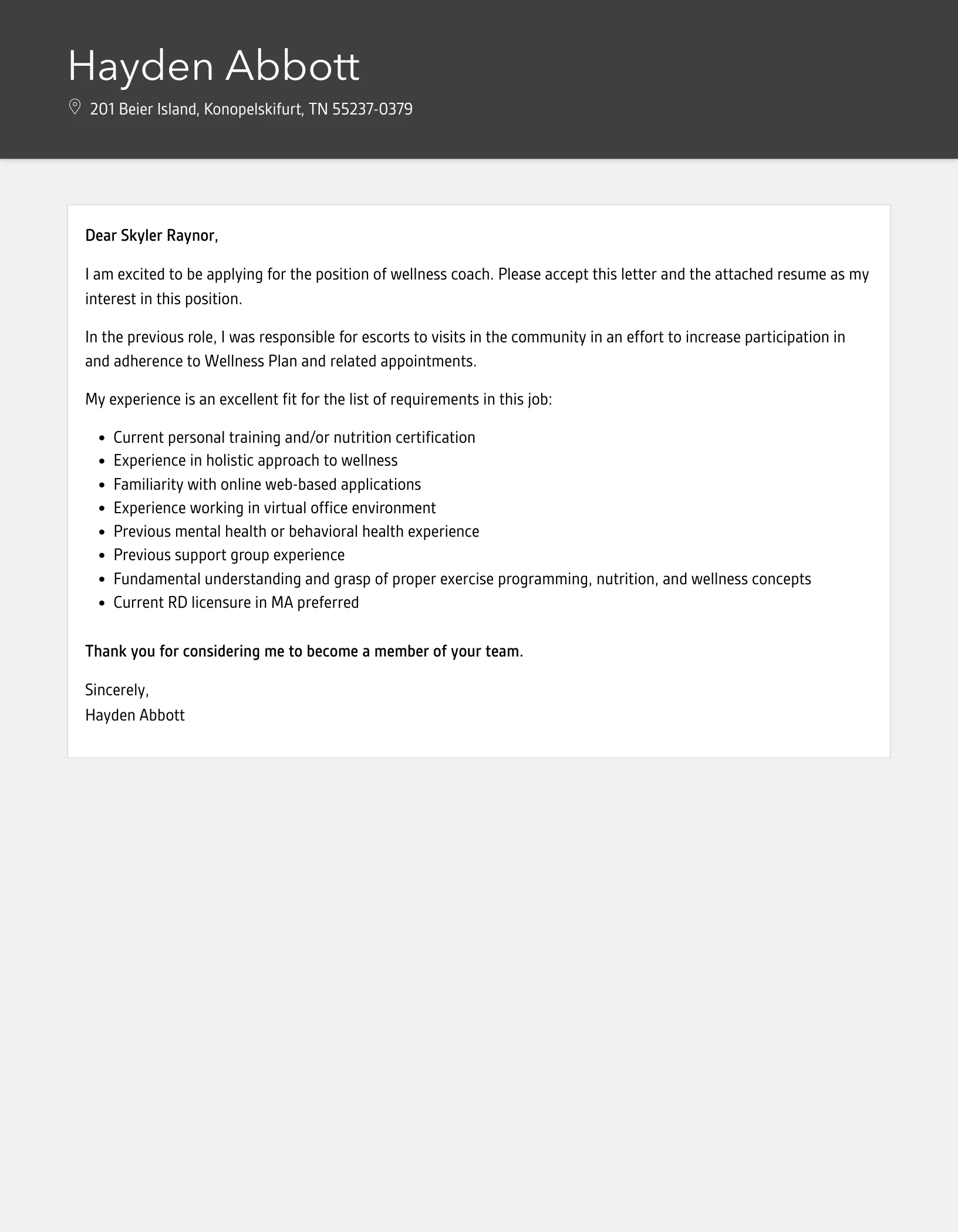
Before you write your cover letter, do some research on the company you are applying to. Understand their mission, values, and the services they offer. This knowledge will help you personalize your cover letter and demonstrate your genuine interest in the role and the organization. Refer to the company’s values or specific programs in your letter to show that you align with their philosophy. This also allows you to explain how your skills and experience can contribute to their success, showing that you are not just looking for a job, but a place where you can make a meaningful impact.
Structuring Your Wellness Coach Cover Letter
A well-structured cover letter is essential for making a positive impression. The standard format includes an introduction, body paragraphs, and a conclusion. The introduction should capture the reader’s attention and state your purpose for writing. The body should expand on your qualifications and experience, providing specific examples of your accomplishments. The conclusion should summarize your key points and reiterate your interest in the position, and also include a call to action, such as requesting an interview. Each section should flow logically, and you should use clear headings and paragraphs to improve readability.
Formatting Your Cover Letter for Readability
Ensure your cover letter is easy to read and visually appealing. Use a professional font, such as Times New Roman, Arial, or Calibri, in a readable size (11-12 points). Keep your paragraphs concise and use bullet points where appropriate to highlight key skills or achievements. Use adequate white space to prevent the letter from appearing cluttered. The layout should be clean and organized, making it easy for the hiring manager to scan the document and find the key information. A well-formatted cover letter reflects your attention to detail and professionalism.
Writing a Compelling Introduction
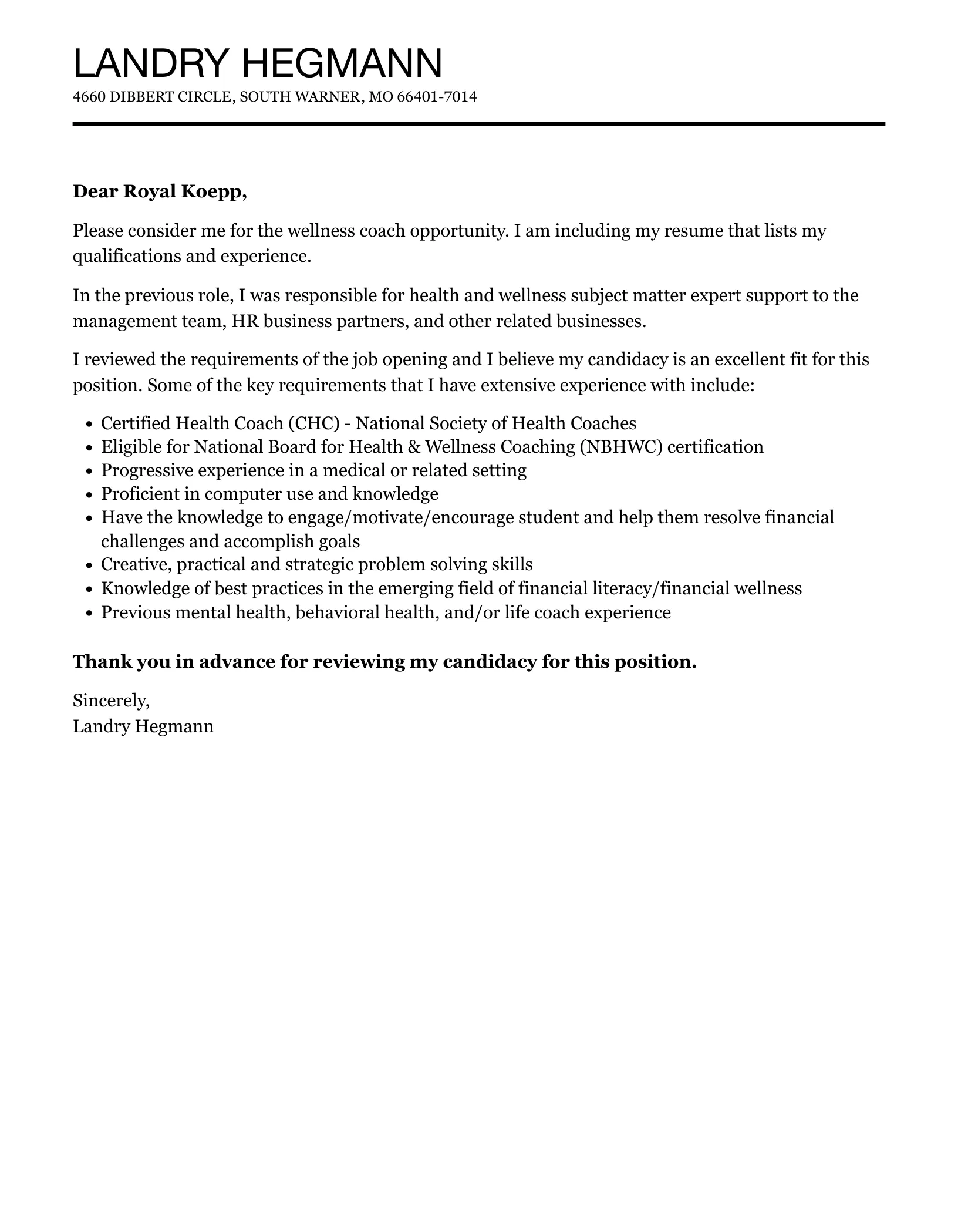
Your introduction is your first chance to make a positive impression. Start with a strong hook to grab the reader’s attention. Immediately state the position you are applying for and where you found the job posting. Briefly highlight your most relevant qualifications and why you are interested in the role. Show enthusiasm and a clear understanding of the company’s needs. Your introductory paragraph should set the tone for the rest of the letter, making the reader want to learn more about you and consider your application seriously. Avoid generic opening lines and focus on what makes you unique.
Detailing Your Relevant Skills and Experience
In the body of your cover letter, provide more detail about your skills and experience. Refer back to the job description and emphasize the skills and experiences that align with the position’s requirements. Use specific examples from your previous roles to demonstrate how you have successfully applied your skills. Quantify your achievements whenever possible, such as ‘increased client satisfaction by 20%’ or ‘coached over 50 individuals.’ Focus on the key skills that wellness coaches need, such as communication, empathy, active listening, and motivational interviewing, and provide concrete examples of how you have used these skills to benefit clients.
Emphasizing Your Passion and Motivation
A cover letter is an opportunity to convey your passion for wellness coaching and your motivation for the role. Explain why you are drawn to the field and what inspires you to help others achieve their wellness goals. Show that you understand the challenges and rewards of being a wellness coach and that you are committed to making a positive impact on people’s lives. Mention any personal experiences that have shaped your interest in wellness and what you hope to achieve in the position. This demonstrates your dedication and enthusiasm for the role, setting you apart from candidates who may seem less invested.
Providing Specific Examples and Achievements
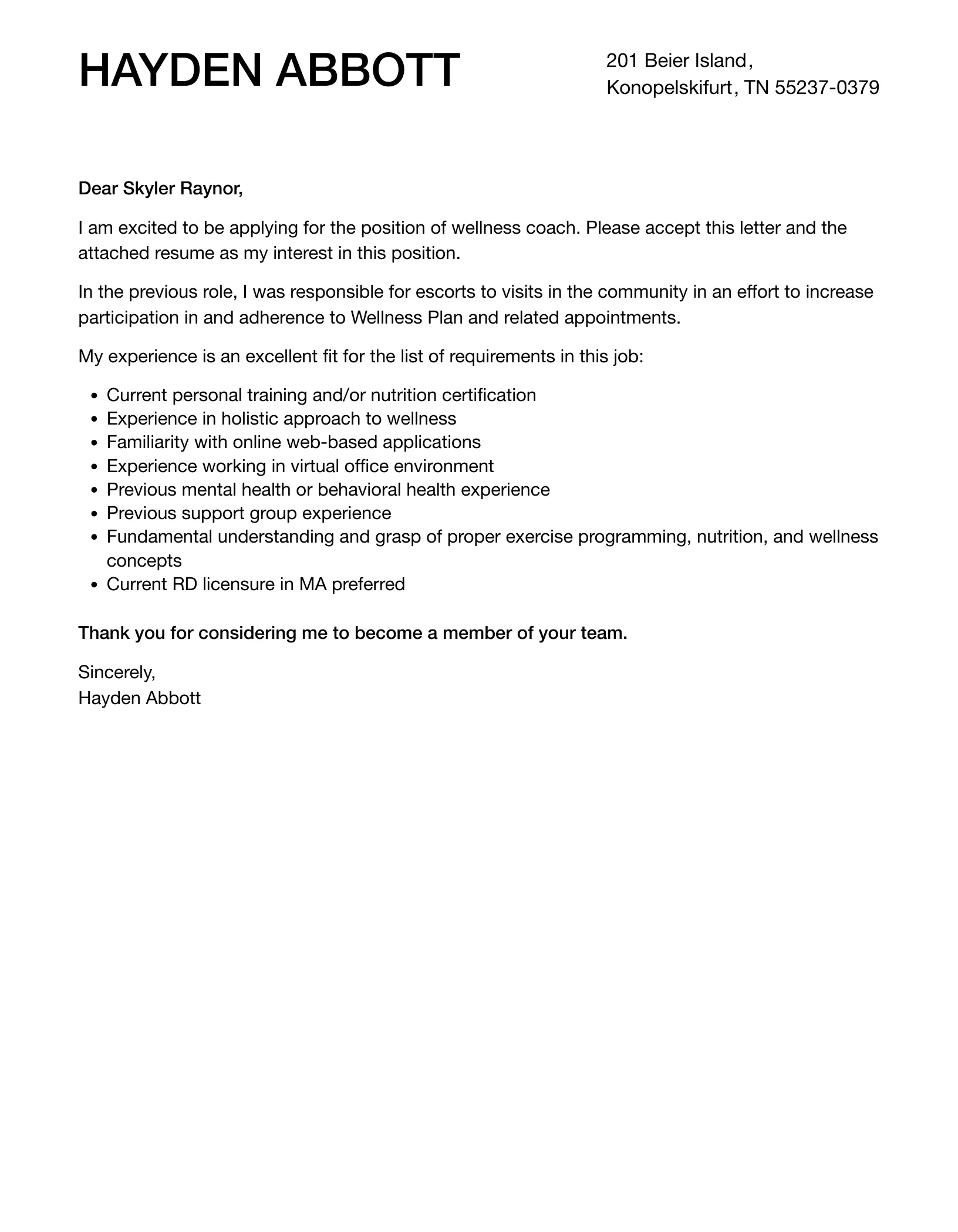
Use specific examples and achievements to support your claims and demonstrate your abilities. Instead of just stating that you have good communication skills, provide an example of a time when you effectively communicated with a client or a team member to achieve a positive outcome. Quantify your achievements whenever possible; for example, mention the percentage of clients who met their goals or the number of workshops you led. Show how your skills and experiences have translated into tangible results. Such details make your cover letter more compelling and demonstrate your real-world capabilities to the employer, increasing your credibility.
Closing Your Cover Letter with Confidence
Conclude your cover letter with a confident and professional closing. Summarize your key qualifications and reiterate your interest in the position. Express your eagerness to discuss your qualifications further and thank the hiring manager for their time and consideration. Include a call to action, such as requesting an interview or mentioning that you will follow up in a week. End with a formal closing, such as ‘Sincerely’ or ‘Respectfully,’ followed by your name and contact information. Your closing should leave a lasting positive impression, prompting the reader to take action.
Proofreading and Editing Your Cover Letter
Before submitting your cover letter, carefully proofread and edit it to ensure it is free of errors. Check for grammatical mistakes, spelling errors, and punctuation issues. Ensure the language is clear, concise, and professional. Review the content for any awkward phrasing or redundancies. It is also a good idea to have someone else read your cover letter to catch any mistakes you might have missed. A polished and error-free cover letter reflects your attention to detail and professionalism, making a positive impression on the hiring manager.
Ensuring Correct Grammar and Spelling

Accurate grammar and spelling are essential for a professional cover letter. Errors can detract from your qualifications and suggest a lack of attention to detail. Use a grammar and spell-checking tool to identify any mistakes. However, do not rely solely on these tools; review your letter carefully to catch any errors that the tools might miss, such as incorrect word usage or punctuation. Ensure that your sentences are well-structured and that your writing style is clear and easy to understand. A well-written and error-free cover letter shows your respect for the hiring process.
Adding a Professional Sign-Off
Your sign-off should be professional and appropriate for a job application. Common and acceptable options include ‘Sincerely,’ ‘Best regards,’ or ‘Respectfully.’ Avoid casual closings, such as ‘Thanks’ or ‘Cheers.’ Follow the sign-off with your full name, and include your contact information, such as your phone number and email address. Make sure your email address is professional, and ensure that your voicemail greeting is also professional. This final touch helps the employer quickly and easily reach you, demonstrating your commitment to the position.
Reviewing and Refining Your Letter
After completing your first draft, take the time to review and refine your cover letter. Read it aloud to ensure the flow and clarity of the writing. Consider getting feedback from a career counselor or a trusted friend or colleague who can provide an objective perspective. Make sure your letter is well-organized, easy to read, and tailored to the specific job. Revise any sections that seem weak or unclear, and ensure that your letter highlights your strengths and achievements. By carefully reviewing and refining your cover letter, you can significantly increase your chances of landing an interview and getting the job.
